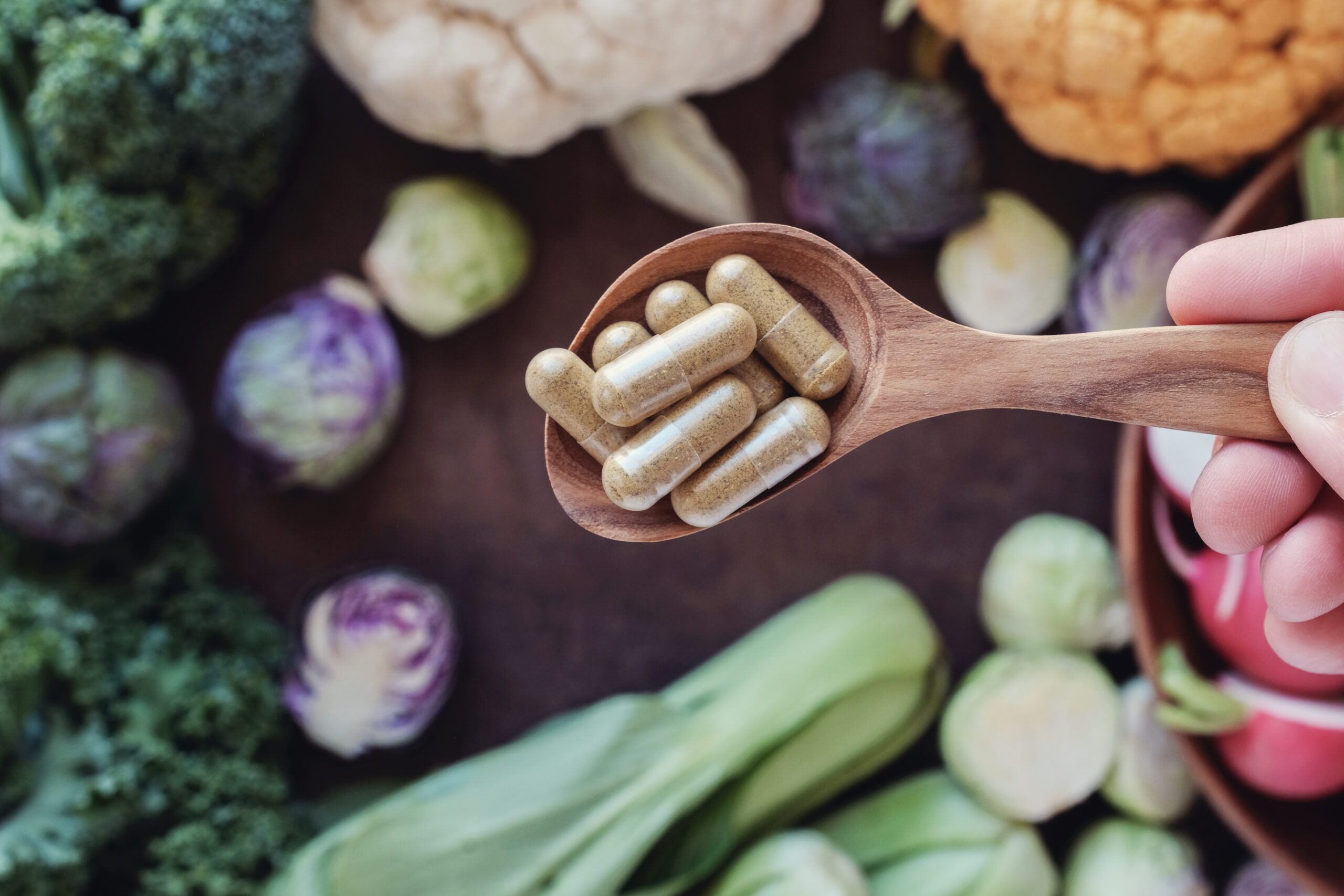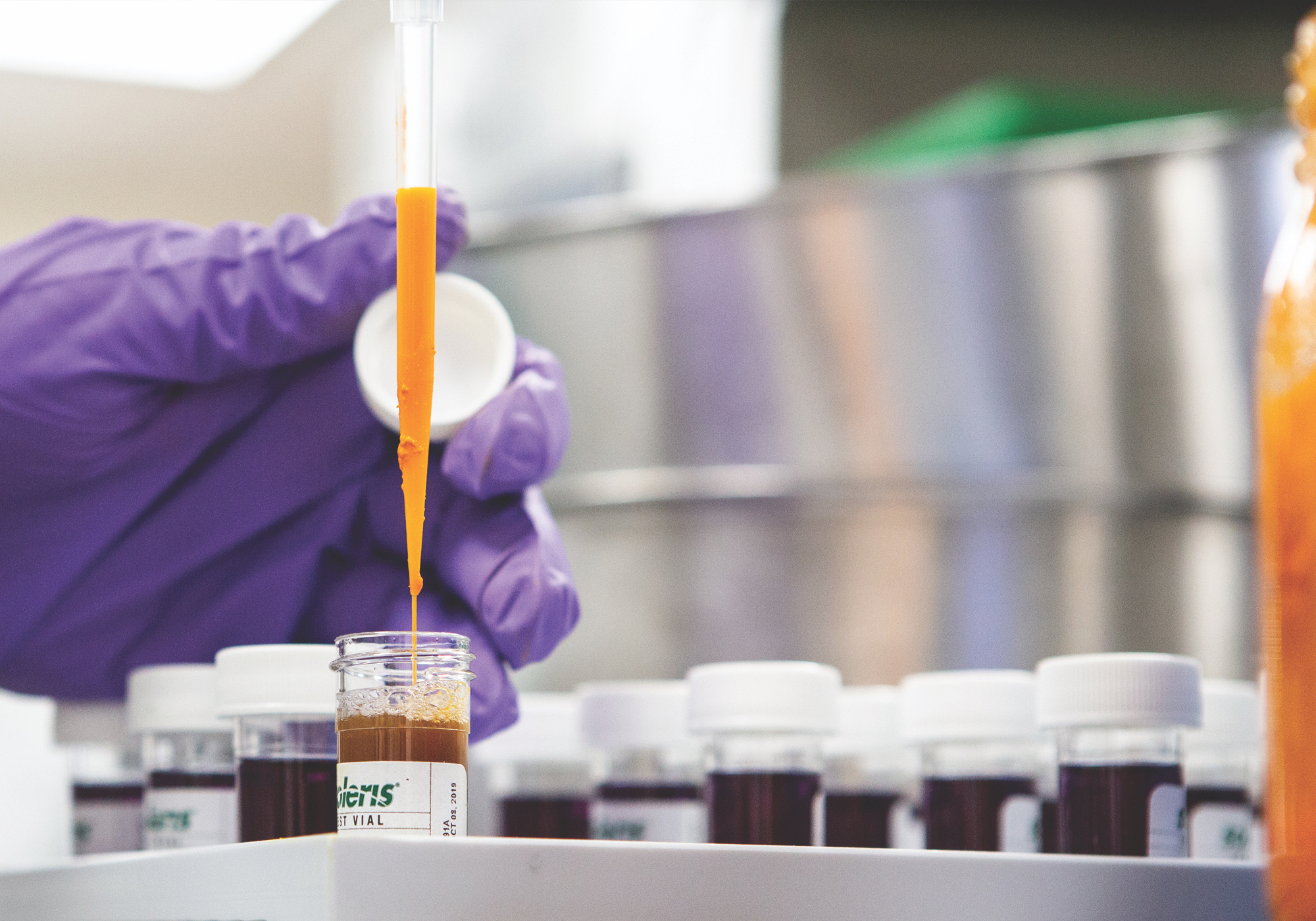Scientific name:Eleutherococcus senticosus
Constituents:
- Phenylpropanoid glycosides: Eleutherosides (A through M)
- Polysaccharides (eleutherans A through G)
- Triterpenoid saponins (Ciwujianosides)
- Phytosterols (beta-sitosterol)
- Coumarins (isofraxidin)
- Lignans
- Nutrients: Vitamin E, beta-carotene, Cu
Medicinal actions:
- Adaptogen
- Antioxidant
- Chemoprotective
- Immunomodulator & Immune stimulant
- Hepatoprotective
- Hypertensive (in a hypotensive state)
- Hypoglycemic
- Neuroprotective
Mechanism of Action & Pharmacology:
- Activity is likely due to the combined effect of all constituents, however eleutherosides D and E are likely the most pharmacologically important for increasing resistance to stress and fatigue. Apart from eleutheroside A, the eleutherosides are quite different from other steroidal saponins (such as those found in Panax) & eleutheroside B is also known commonly as syringin. Eleutherosides have also been shown to inactivate free radicals and accelerate lipid mobilization thus exerting a cellular protective effect.
- Polysaccharides have demonstrated immunostimulant & hypoglycemic effects when administered by injection. Immunostimulatory effects increase CD4, and to a lesser extent CD8 cells.
Pharmacy:
- Tincture: Best taken in the morning and at noon to match the adrenal gland rhythm
- Standardized capsule
- Whole powder
- Pause dosing
Safety & Toxicity Concerns:
- High doses may cause palpitations, insomnia, hypertension and tachycardia.
- Best to avoid in children and those that are nervous, tense, manic, during the acute phase of infections
- Use caution in autoimmune disease due to Immunostimulant effects.
Interactions:
- Avoid use with other stimulants, alcohol, barbiturates, anti-psychotics, and anticoagulants.
- Diabetics should monitor blood glucose levels and adjust medication accordingly, due to the reported hypoglycemic effects in animals.
- May increase plasma drug levels of digoxin.







